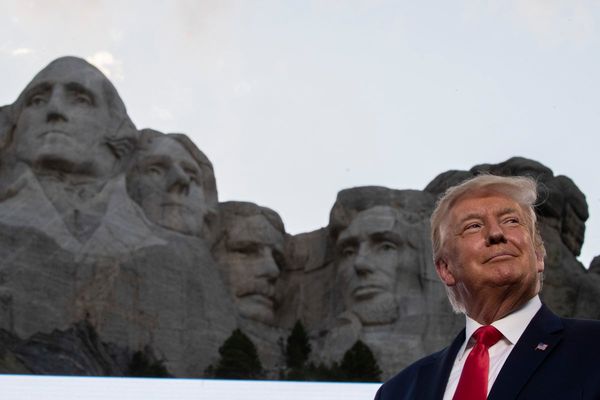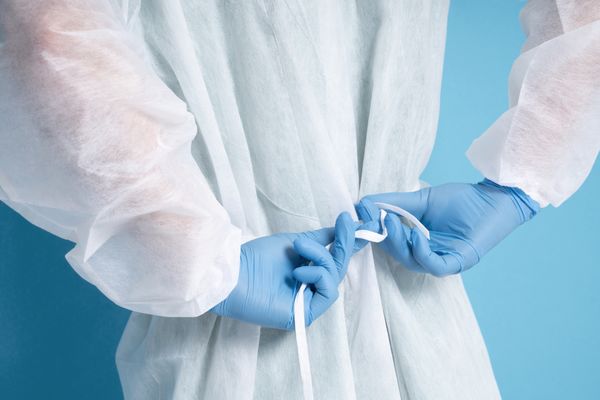
Australian rental homes are colder and more damp than is considered safe by the World Health Organization, with homes in New South Wales so humid as to promote mould growth, a new report has found.
Tenant advocacy organisation Better Renting recruited 75 renters around Australia to install tracking devices in their homes that recorded temperature and humidity levels at one-minute intervals from 13 June to 31 July this year.
The WHO considers 18C as a “safe and well-balanced indoor temperature to protect the health of general populations during cold seasons” in temperate or colder climates. But researchers found their rental homes were routinely colder than this, with those in NSW, Victoria, Tasmania and the ACT recording temperatures under 18C more than 80% of the time.
Tasmanian rentals spent the most time below 18C, tracking below-healthy temperatures 91% of the time, or an equivalent of 44.6 of the 49 days the study ran.
ACT rentals had the lowest average minimum temperatures at a chilly 7.4C. They were only slightly colder than rental homes in Tasmania, which tracked at an average of 7.5C degrees. The average minimum indoor temperature in Victoria was 9.8C and in NSW it was 10.5C.
Humidity levels were highest in NSW, where the average relative humidity inside was 70.3% and levels were above this 53.4% of the time. Researchers in Victoria, South Australia, Western Australia, Tasmania and Queensland all recorded average relative humidity of over 65%.
Relative humidity above 70% increases the risk of dampness and mould, with the healthiest range between 40 and 60%. Mould and mildew develop when there is an excess of moisture in the air, combined with an absence of ventilation.
Renters in NSW have been increasingly reporting problems with mould during the rainy La Niña period, with some tenants told by real estate agents to keep windows open during the day, even in the cold weather.
“We’re just constantly cleaning mould,” said a renter who lives in Shellharbour, NSW, and took part in the temperature survey. She asked that her name not be used.
“My son’s bedroom is full of mould – black mould in the ceiling that spreads across the window, and since the floods it’s gotten worse and it’s happening in my room now,” the renter said.
A longtime tenant, the renter paid for an air conditioner to be installed in the house when she first moved in. It has since broken and there is no other form of heating or cooling installed. The lowest temperature she recorded indoors was 9C and she never recorded above 18C.
“The house is fibro – there’s no insulation at all,” she said. “In summer it’s even worse – it’s like being under a piece of cardboard. The landlords don’t care.”
She has been using a panel heater in the living room to stay warm. Her last electricity bill was $600.
Renters are more affected by the substandard insulation of Australian homes than homeowners, Better Renting’s report argued, because they cannot make modifications.
The winter report follows a similar one conducted in March in which renters tracked heat over summer in their homes, with that study finding rental properties routinely exceeded the safe summer maximum indoor temperature of 25C.
Joel Dignam, the executive director of Better Renting, said taken together, the reports show just how substandard Australian dwellings are, no matter the weather.
“There are a lot of rentals that are too hot in summer and too cold in winter, and you barely get a reprieve,” Dignam said. “It’s a sense of fighting against your own home.”
Interviews with the participants showed they were stressed about the potential cost of heating their home as well as the difficulty of being cold all the time. Even those who shouldered the cost of running heaters found they could not adequately warm the houses anyway.
“People don’t get to choose between being cold and having high power bills – they end up in this unhappy place of having to deal with both,” said Dignam.







